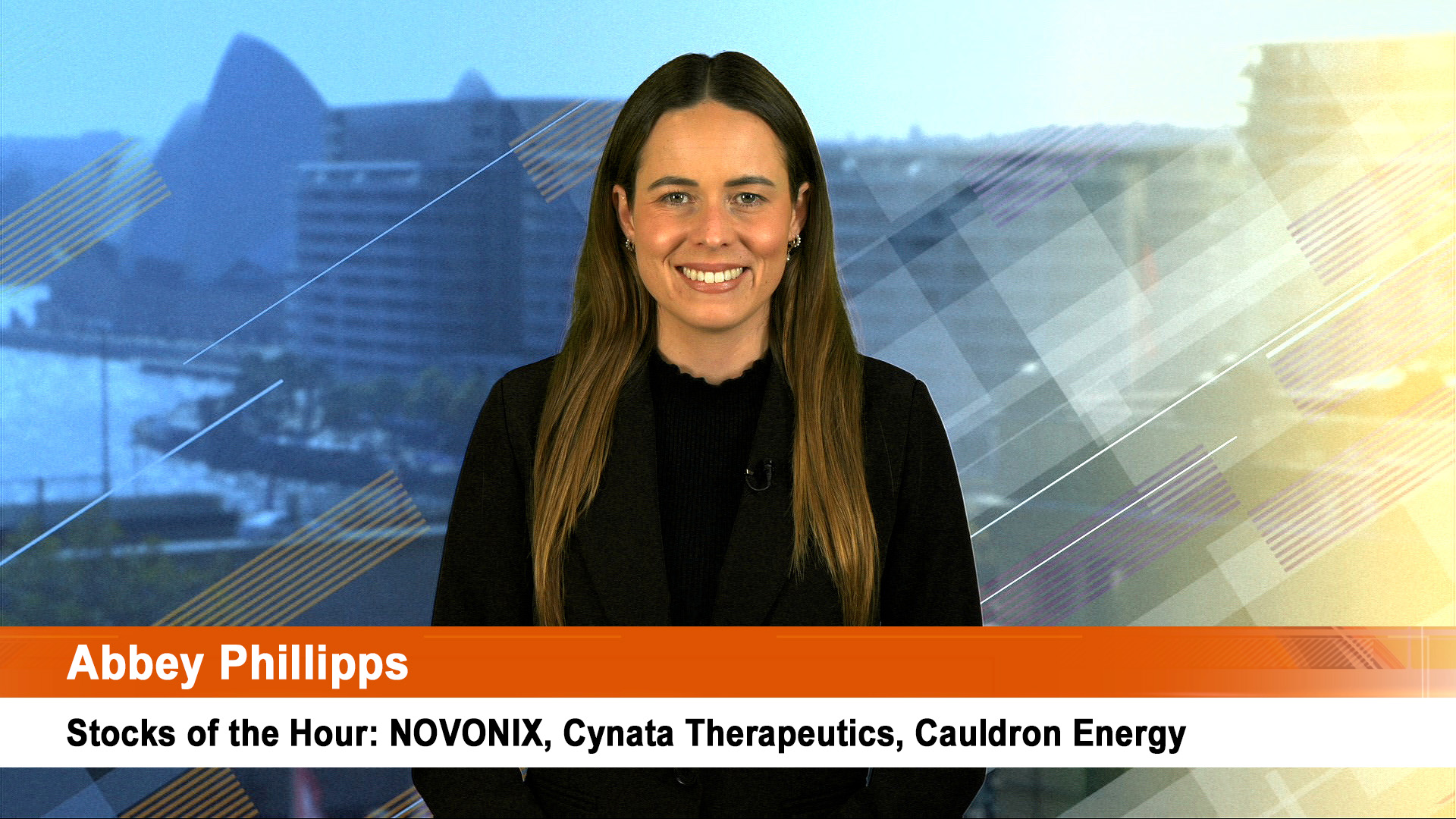Attention later this morning on the June quarter Consumer Price Index (CPI) report and its various measures of inflation, and whether they will mean anything for local interest rates.
Estimates vary slightly, but most economists are looking at a quarter on quarter rose of between 0.4% and 0.6%, with the annual rate slowing to around 1.1% to 1.2% from the 1.4% rate in the year to March.
A repeat of the March quarter’s headline rate of minus 0.2% is not on the cards, according to the market.
Underlying inflation by the Reserve Bank’s favourite measures will be around 0.4% as well for an annual rate of 1.4%, down from 1.6%, according to forecasts.
Higher fuel and health costs are tipped to be the drivers of the increase, with some impact from a rise in fruit and vegetable prices brought about by the heavy rain in June along parts of the east Coast and in WA.
Naturally, economists see the CPI as having an influence on next Tuesday’s deliberations by the Reserve Bank board with many in the market tipping a rate cut next week if the CPI reading is weak – and 0.4% for many commentators seems to be weak enough.
The minutes of the June RBA board meeting revealed the bank is awaiting more up to date information on inflation, which the CPI will give (along with import and export prices later this week) But it also said it was awaiting further information from other parts of the economy some of which arrived after the meeting was held.
"Inflation was still expected to remain quite low for some time given very subdued growth in labour costs and very low cost pressures elsewhere in the world…Measures of inflation expectations – from consumers, market economists, union officials and financial markets – had remained below average.
"Taking account of the available information, the Board judged that holding monetary policy steady would be the most prudent course of action at this meeting.
"The Board noted that further information on inflationary pressures, the labour market and housing market activity would be available over the following month and that the staff would provide an update of their forecasts ahead of the August Statement on Monetary Policy.
“This information would allow the Board to refine its assessment of the outlook for growth and inflation and to make any adjustment to the stance of policy that may be appropriate.”
The most important part of those comments was the new staff forecasts for the 3rd Statement of Economic Policy due out on Friday week.
It has to be remembered that the influential NAB survey of business confidence and conditions for June showed no impact from Brexit and some of the best conditions since the GFC.
What many in the markets forget is that they are focusing too much on inflation and not on other data from the economy which shows there is no real need for a rate cut at the moment – the May cut has still to work its way through the system, and will have a much smaller impact than other cuts.
The results of the Fed’s meeting which started overnight and ends tonight, with a statement issued early Thursday morning, will also influence the Fed. If it changes its policy stance and hints more strongly about a possible rate cut at the end of this year, then that will probably see the RBA sit and wait.
The impact of Brexit is fading, the US economy is performing solidly, and inflation continues to edge higher – all the stuff the Fed would normally take account of and move its rate setting to “rate rise looms”. Certainly the US forecast markets have a 50% or more chance of a rate rise this year – up sharply in the past three weeks.
The one thing we can say if that if our CPI is negative or around zero to 0.3%, then rates will probably be cut next week,especially if its zero. Oil prices are again weakening and heading towards $US40 a barrel, that will be enough to help put a lid on cost pressures over the next couple of quarters.













